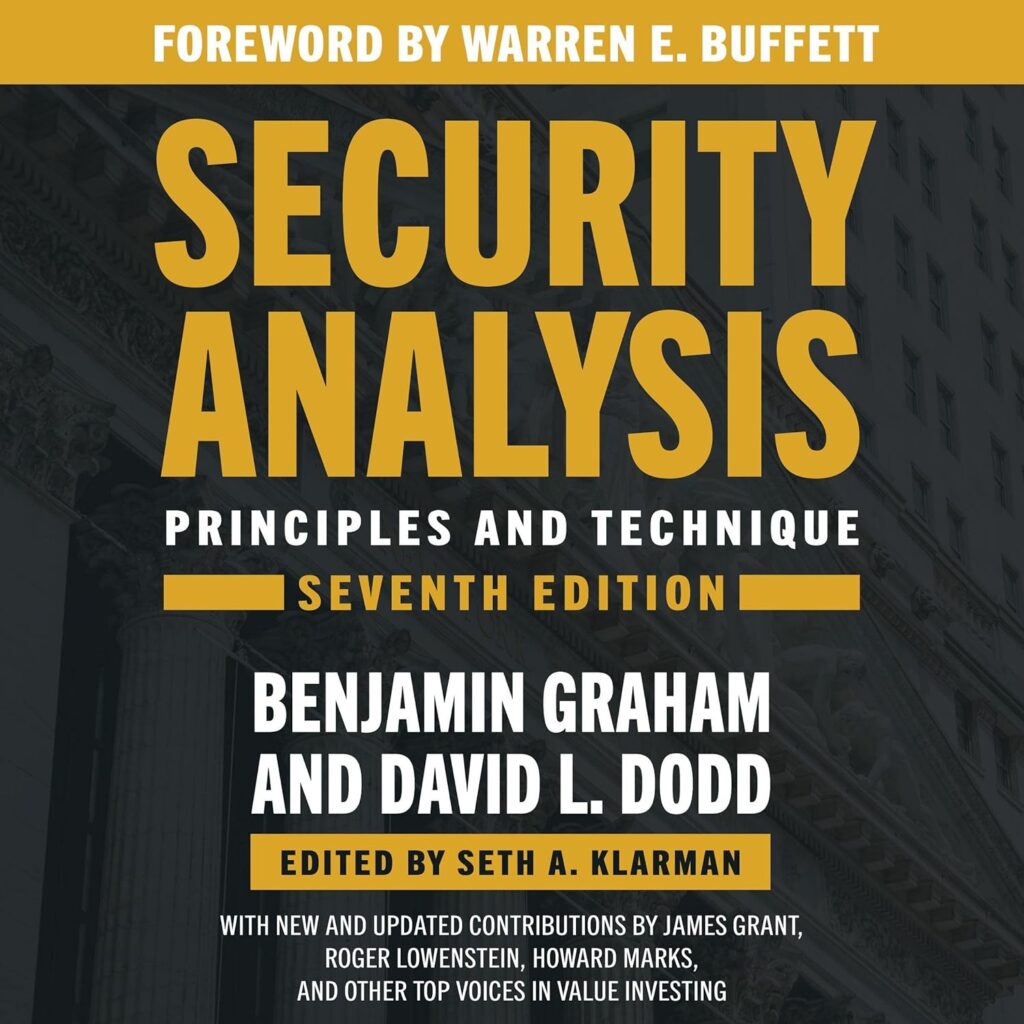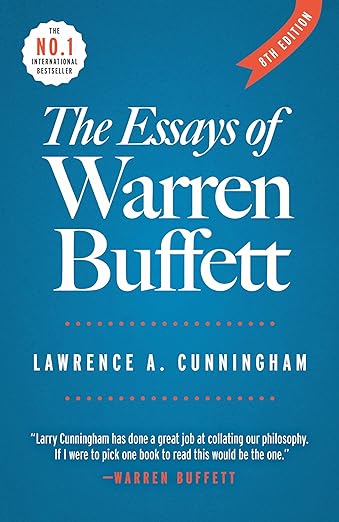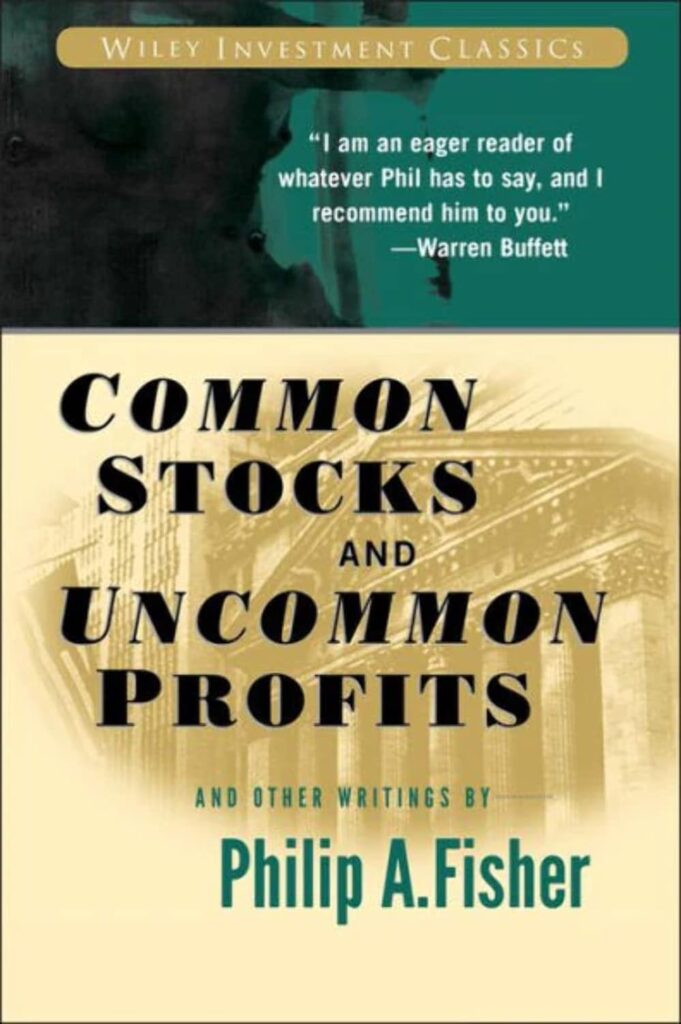(1) Benjamin Graham’s The Intelligent Investor
“I read the first edition of this book early in 1950, when I was nineteen. I thought then that it was by far the best book about investing ever written. I still think it is.”
These words in a preface to a revised edition of The Intelligent Investor by Benjamin Graham, the father of value investing, came from none other than Warren Buffett, the legendary investor who is chairman and chief executive officer of Berkshire Hathaway.
Known to many as the Wizard of Omaha or the Oracle of Omaha or the Sage of Omaha, Warren Buffett is a strong believer of value investing, a belief which the legendary value investor steadfastly puts into practice at Berkshire Hathaway. Reflecting the great success of his investment approach, Berkshire Hathaway’s 2013 Annual Report shows that “over the last 49 years (that is, since present management took over), book value has grown from US$19 to US$134,973, a rate of 19.7% compounded annually”. These are per-share book values.
“To me, Ben Graham was far more than an author or a teacher. More than any other man except my father, he influenced my life,” Warren Buffett said in the same book preface.
In a section of his letter to Berkshire Hathaway shareholders on February 28, 2014 (for FY 2013), Warren Buffett said: “Ben’s ideas were explained logically in elegant, easy-to-understand prose (without Greek letters or complicated formulas). For me, the key points were laid out in what later editions labeled Chapters 8 and 20. (The original 1949 edition numbered its chapters differently.) These points guide my investing decisions today.”
Sharing “some thoughts about Investing”, Warren Buffett said: “I learned most of the thoughts in this investment discussion from Ben’s book The Intelligent Investor, which I bought in 1949. My financial life changed with that purchase. Before reading Ben’s book, I had wandered around the investing landscape, devouring everything written on the subject. Much of what I read fascinated me: I tried my hand at charting and at using market indicia to predict stock movements. I sat in brokerage offices watching the tape roll by, and I listened to commentators. All of this was fun, but I couldn’t shake the feeling that I wasn’t getting anywhere.”
There are 20 chapters in the revised edition of Benjamin Graham’s The Intelligent Investor. For Warren Buffett, the most known disciple of Benjamin Graham, the key points were laid out in Chapters 8 and 20. The best takeaway from Chapter 8 is Benjamin Graham’s parable about Mr Market, a character he used to personify the behavior of the stock market. Warren Buffett once described this Mr Market as a character with uncurable emotional problems. For the intelligent investor, the question is how to turned the behavior of Mr Market to your investment advantage. Chapter 20 is on “Margin of Safety” as the Central Concept of Investment.
The best part about intelligent investing is that one doesn’t need a high IQ to achieve success. Warren Buffett said it best: “To invest successfully over a lifetime does not require a stratospheric IQ, unusual business insights, or inside information.”
The Intelligent Investor can be heavy going for the beginner investor but the beauty of the revised edition is that it comes with a commentary on every chapter, including for the introduction. The commentaries are from veteran investment writer Jason Zweig.
For those who love Benjamin Graham’s value investing philosophy, The Intelligent Investor is seen as a book shielding investors from substantial error and teaching them to develop long-term strategies. This investment philosophy has made the book the stock market bible for value investors.
(2) American stock investor Philip Arthur Fisher (September 8, 1907 – March 11, 2004) was best known as the author of the investment guide book Common Stocks and Uncommon Profits. The book has the reputation of staying in print since it was first published in 1958.
Among his best-known followers is Warren Buffett who on some occasions was reported to have said that “he is 85% (Benjamin) Graham and 15% (Philip) Fisher”.
Warren Buffett called Phillip Fisher “a respected investor and author” in a letter to Berkshire Hathaway shareholders.
Fisher’s famous “Fifteen Points to Look for in a Common Stock” from “Common Stocks and Uncommon Profits” are seen as a qualitative guide to finding well-managed companies with growth prospects.
According to Philip Fisher, a company must qualify on most of the 15 points to be considered a worthwhile investment.

(3) Security Analysis, Seventh Edition features the ideas and methods of today’s masters of value investing, who discuss the influence of Benjamin Graham and David L. Dodd on today’s markets and contextualize the philosophy that has influenced so many famous investors.
The edition comes with a foreword by legendary investor Warren Buffett, the chairman of Berkshire Hathaway. Warren Buffett was a student if Benjamin Graham.
Benjamin Graham ( May 9, 1894 – September 21, 1976), the father of value investing, was the author of The Intelligent Investor.
Security Analysis is one of the most influential financial books ever written. With millions of copies sold, it has provided generations of investors with the timeless value investing philosophy and techniques of the legendary Benjamin Graham and David L. Dodd.
McGraw Hill, the publisher of the seventh edition, says: This new edition retains many chapters from the classic 1940 edition, and also features lively and practical essays written by a stellar team of today’s leading value investors and financial writers. The result is a contemporary bible of value investing.”

The Essays of Warren Buffett is a must reading for the value investor and one definitely for the bookshelf of the value investor. Warren Buffett is a legendary value investor and a student of the father of value invesing Benjamin Graham. “A modern classic, The Essays of Warren Buffett: Lessons for Corporate America is the book Buffett autographs most and likes best. Its popularity and longevity over three decades attest to the widespread appetite for this definitive statement of Mr Buffett’s thoughts that’s uniquely comprehensive, non-repetitive, and digestible. New and experienced readers alike will gain an invaluable informal education by perusing this classic arrangement of Mr Buffett’s best writings.”

